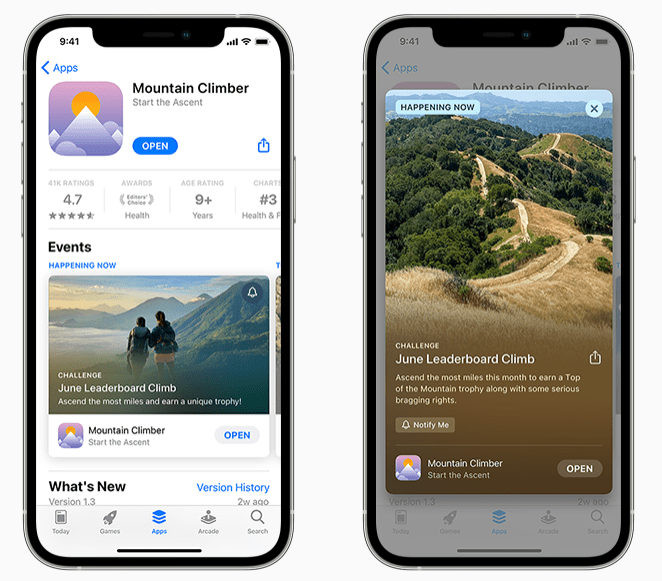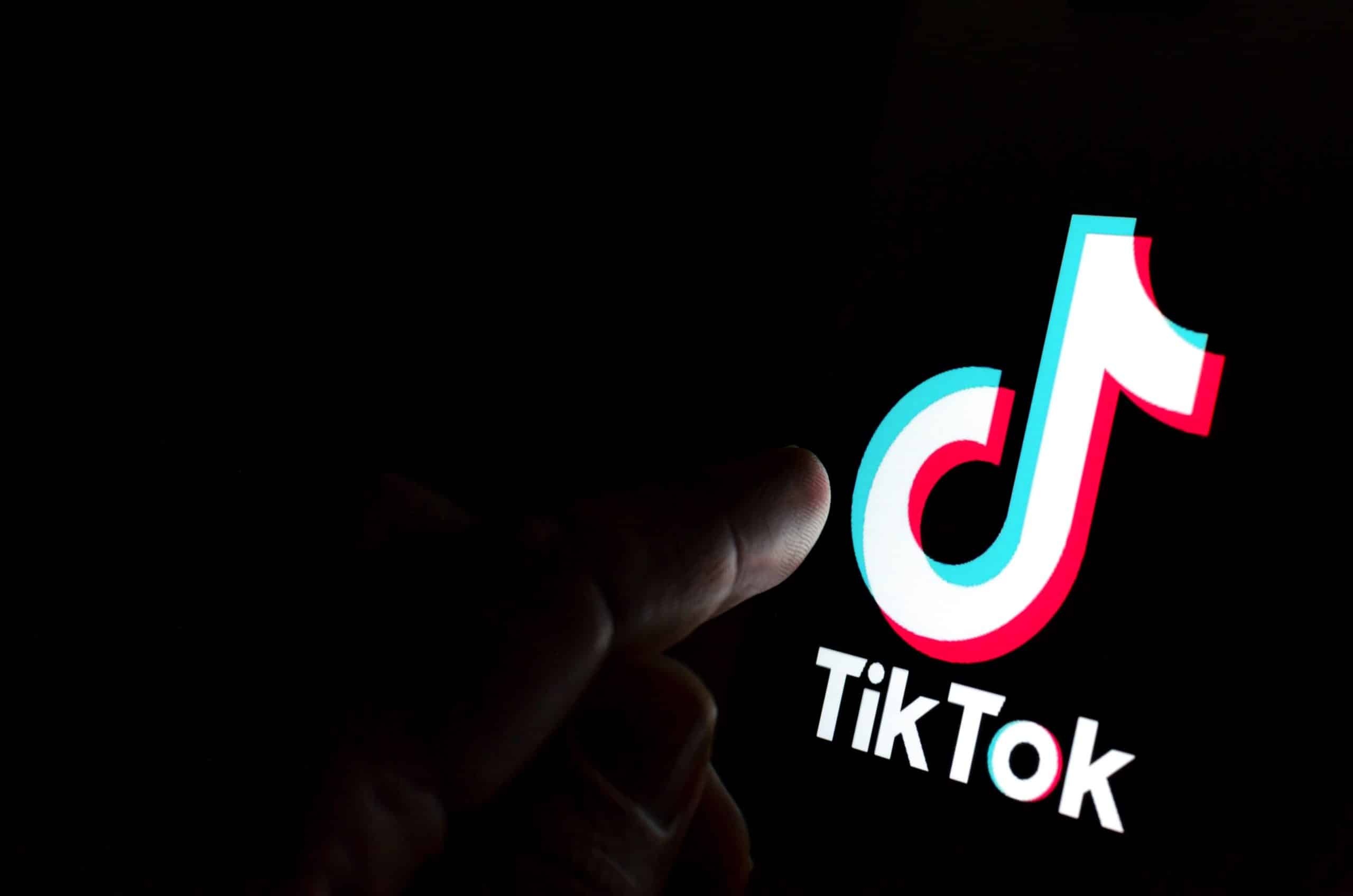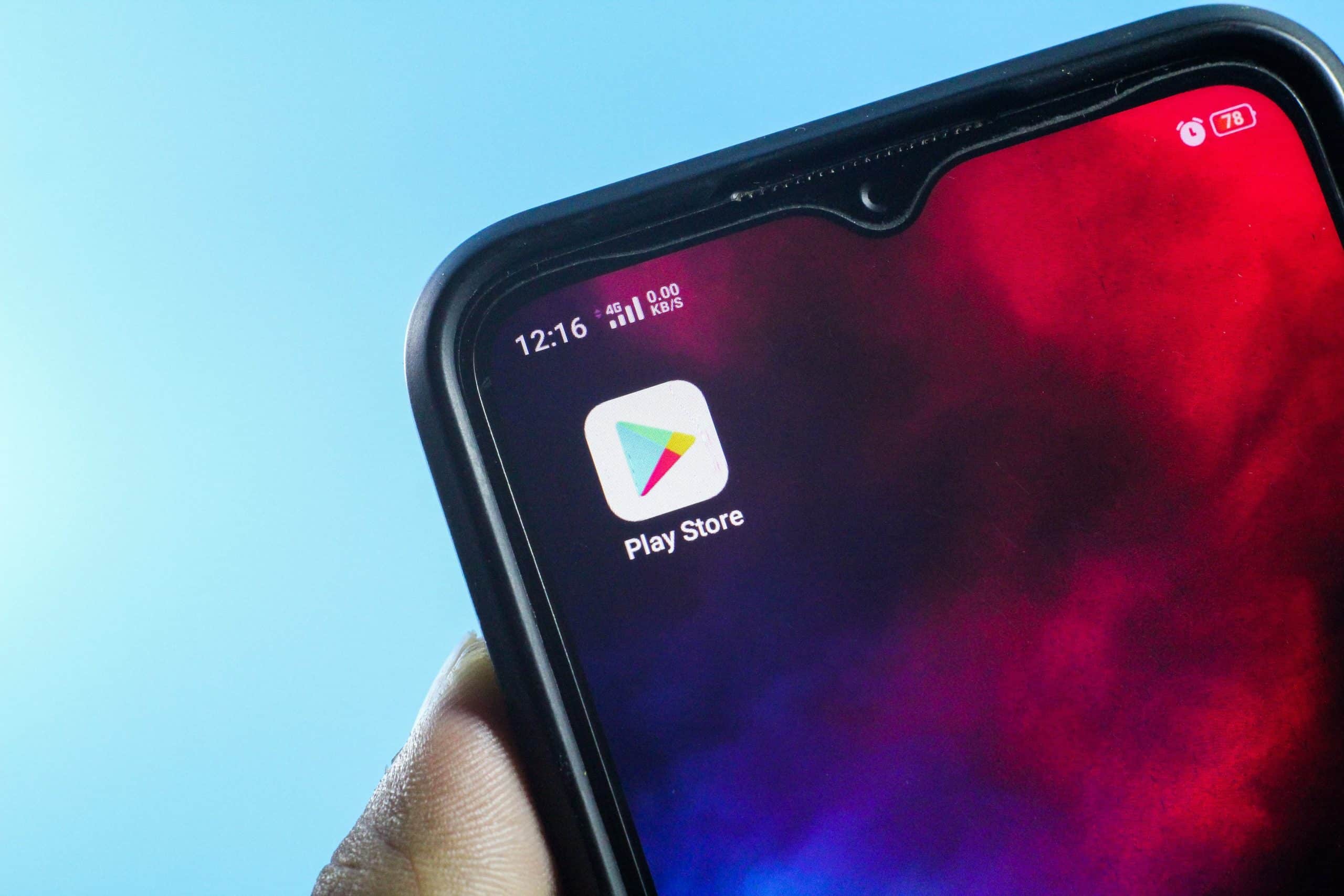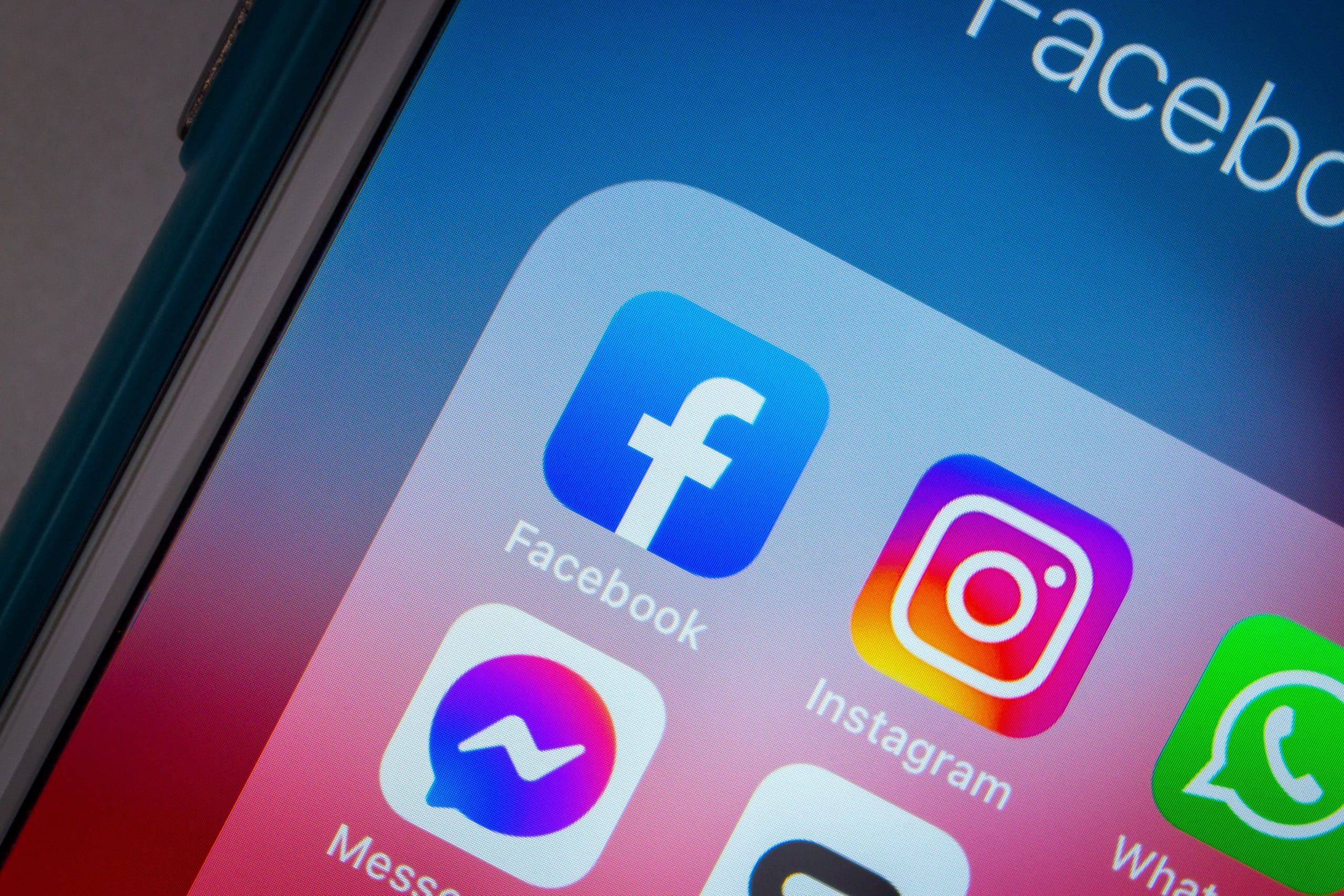iOS 15 In-App Events, Google Play’s New Safety Section & More

Get some of the industry’s hottest news from the month of July with our monthly round-up. We bring you updates from Apple, Google, Facebook and TikTok, some of the companies leading the way in the mobile world.
iOS 15: In-App Events Update
Last month we touched on A/B testing and Custom Product Pages, now it’s time to dive into the new feature that is In-App Events. This new feature allows you to create a new app metadata entity, an Event. The Event is then displayed in an event gallery. App developers/ marketers will be able to control the order the events are shown in through setting the event data and event priority. With event data, the earlier is displayed first, and with event priority, you can set an important event to be shown first no matter the date.

As for the other specificities, Events can appear on your product page from 14 days before its start date and can run for up to 30 days total.
What will users see on Event pages? Good question. They’ll see an entirely new screen showing the Event name with a long description, short description, an image or video. If you go for a video, it will continuously auto-play and can be up to 30 seconds long. Within Events, there will be something called “badges”, which refers to the particular event being advertised. A badge can include: a new app feature, an app challenge, a premiere, a competition and more.
Will users be able to install your app from its Event page? The answer is yes. You can even control which page users will be taken to within your app, which in this case should be the event, upon download via a deep link.
Another great element to take note of is the ability to inform Apple of the event purpose, e.g. is it to target new users? Or lapsed users? Apple then knows who to display your event to (this target audience) in the App Store. Don’t worry, though – all users will be able to find your event via App Store search, where they will appear in the results. They’ll also appear on the explore pages such as the Today and Apps tabs.
What does this mean for ASO? Essentially, it means there’s another opportunity within the App Store to leverage and optimize as part of your overall ASO strategy. It’s one more feature aimed to bring people to your app organically. It will need some ASO magic just like the regular app store listing, but it’s just an extra way to increase App Store visibility.
TikTok Algorithm Insights
We covered Instagram’s algorithm insights last month, so it’s only fair that this month we bring you insights into TikTok’s mysterious algorithm. To clarify, unlike Instagram’s insights (which were formally revealed by Instagram head Mosseri), these insights are the result of an experiment by the Wall Street Journal, and therefore only speculation. However, they’re interesting nonetheless.

The official line by TikTok is that they use four signals within their algorithm. These are: what you watch, share, like and follow. Unfortunately, this doesn’t reveal much as to whether these share equal importance or one outweighs another.
In the WSJ’s thirteen minute long video, they share their findings: TikTok only needs one of these signals to figure out users, “how long you linger over a piece of content”. It makes sense. Your in-app activity is being totally tracked, so every pause over content or rewatch is noted. There’s a reason you’re engaging with that particular content over others, and so TikTok will send you more of this type. The more they display content of this type, that draws you in, the more time you’ll spend in their app and keep coming back for more.
To form the experiment, bots were programmed to have an age, location and specific interests. The interests were not entered into TikTok, but they drove the bot to choose the videos that it watched. Each bot checked every video in its feed for hashtags relevant to its interests, and would watch and rewatch the relevant videos. The videos displayed to each profile became heavily targeted towards these interests, and veered more and more away from the popular videos TikTok displays generically. TikTok figured out these details about the accounts in under forty minutes in some cases.
Google Play’s New Safety Section
Google Play’s new safety section will give developers a way to showcase their app’s safety in a simple way. Users will be able to access deeper insights into the app’s privacy and security practices, and developers can give details regarding what data the app collects, how and why. All of this information will be available before users download the app.

Every app on the Google Play Store will soon be obligated to share this information in the safety section. It will appear in the app’s store listing page.
Safety details that need to be revealed can be anything from whether the app has been validated independently according to a global security standard, or whether it has security practices such as data encryption. The type of data that can be collected (that must be revealed here) can include location, contacts, personal information, etc. How the data is used refers to whether it’s used for app functionality, personalization, etc.
Google knows things like what both developers and users value. According to them, developers like being able to share the context surrounding their data practices, and users want to know whether their data is shared with third parties and why.
Along with the introduction of the safety section comes some crucial data policy changes. From now on, all developers must provide a privacy policy, whether their app collects personal user data or not (that was the previous requirement). Also, all information included in the safety section must be accurate, even where it pertains to data used by the app’s third party library.
Google Play’s new safety section will launch for apps in early 2022. However, Google is allowing apps more time to prepare by making the deadline April 2022 to get their section approved. After this point, apps without this approval may be rejected.
Facebook’s Record Ad Revenue
Against all odds in the face of Apple’s ATT Framework, Facebook has reported record ad revenue in its most recent earnings. In Q2 2021, Facebook earned $28.6 billion in advertising revenue, a 56% increase from the same time the previous year.

Despite Facebook’s good news, it’s still concerned about the months ahead with ATT now in full swing. David Wehner, Facebook’s CFO, has warned that the platform expects the App Tracking Transparency “to have a greater impact in the third quarter compared to the second quarter.” So, we’ll be keeping our eyes out for what happens.
Whatever happens, it’s certainly unexpected to see such record numbers when it comes to ad revenue during a period the industry as a whole was approaching with total panic and trepidation.
What does this mean for the industry? Well, it certainly suggests that the impact of the iOS changes are going to be far less drastic than initially anticipated.






